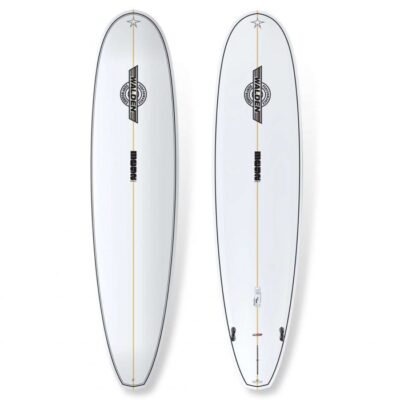Description
MARK RICHARDS & MATT BIOLOS come together to bring you a modern Twin Fin + Trailer “Fish” with some unique tweaks to create a modern MR. MR’s classic lines, speed, and precision turns- with Mayhem’s small wave performance prowess.
A Modern, single to double concave, twin + trailer “Fish”, based off MR’s most popular modern shortboard…The SuperTwin. Mark allowed me the honor of tweaking his iconic #SuperTwin model to create a modern, user friendly, small wave weapon. We dramatically lowered the entry rocker, widened the nose and tail block, and added a couple inches of width to the overall outline, giving gobs of glide in gutless surf. We flattened the deck for stability, but retained MR’s classic speedy, down soft rails and his modern performance tail rocker…Ensuring it still turns proper and precise. Flat where it needs to be, but still curvy in the right spots, and skates along but still turns in tight spots. This is a Fish that you can grovel the small stuff, but still really rip on. Pictured with hand airbrushed rails from @artbyryder, reflecting Mark’s classic color scheme, with a youthful flair





